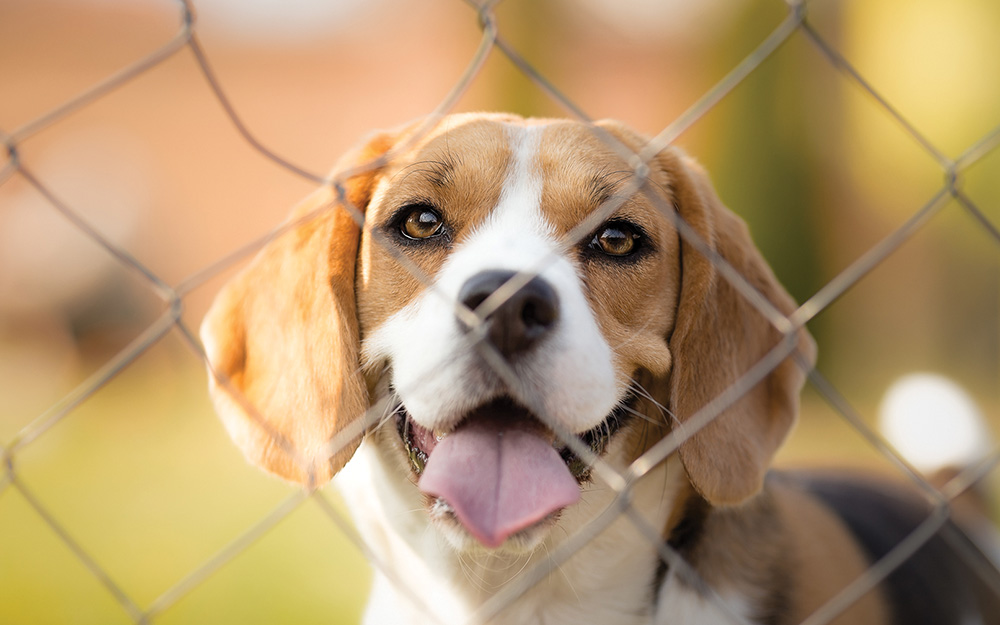Many of our outdoor dogs could use extra bit of TLC. The primary concern is safety. They need to be in a confined space. Four dogs were shot and killed in our tiny neighborhood in the last 3 years for trespassing. A few months ago, as I was coming home from work, I watched a young German shepherd proudly trotting back from a chicken house with a chicken in its mouth. Next time, he may not be so lucky and will run a risk of getting shot.
An ideal boundary is a physical boundary, like a good quality fence, 4 to 6 feet tall. These fences are not hard to build. In deciding on the height of your fence, take into consideration your dog’s jumping or climbing abilities.
Half to one acre of fenced area will be sufficient in most cases. The cost is not exorbitant. One can plant evergreen trees along the fence to make their house an island of tranquility and increase their property value.
The perimeter can also be established with an “invisible fence.” For some highly impulsive dogs, the wireless fences may not work. When they are chasing something, they simply ignore the electronic signal but when things settle and it is time to come home, they don’t want to risk coming back though the radio field again. Please talk to a professional.
Placing a dog on a restraint, such as a chain or tether, can be OK if done for a short period, or while supervised, and if the tether is secured in such a way that it can’t become entangled with other objects. An otherwise friendly and docile dog, when kept continuously chained or intensively confined in any way, can become neurotic, unhappy, anxious and often aggressive. Also, collars should be comfortable and fitted properly.
After the perimeter comes the concern of shelter. Our summers are brutal and our winters can be challenging. A good rule of thumb: if it isn’t tolerable for you, it probably isn’t tolerable for them. A simple hut with raised flooring can be easily built over a weekend. It is wise to block north, south and west sides of the shelter. If constructing a building is not in your plan, buy the biggest enclosure you can afford. Place the enclosure about 6 to 8 inches above ground on a small deck. If you don’t have a garage full of power tools, this a valid excuse to buy some.
Be careful about providing heat for the winter months in the shelter. A friend’s mobile home caught fire from the heating lamp in the dog shelter. Have a qualified electrician handle any electrical work.
Dogs are social animals! Even outdoor dogs need regular human interaction. If possible, bring the dogs inside after dark. In the end, let’s not forget them outside!
Goutam Mukherjee, DVM, MS, Ph.D. (Dr. G) has been a veterinarian for more than 30 years. He works part time at Grant Animal Clinic and is a member of North Alabama Electric Cooperative.





